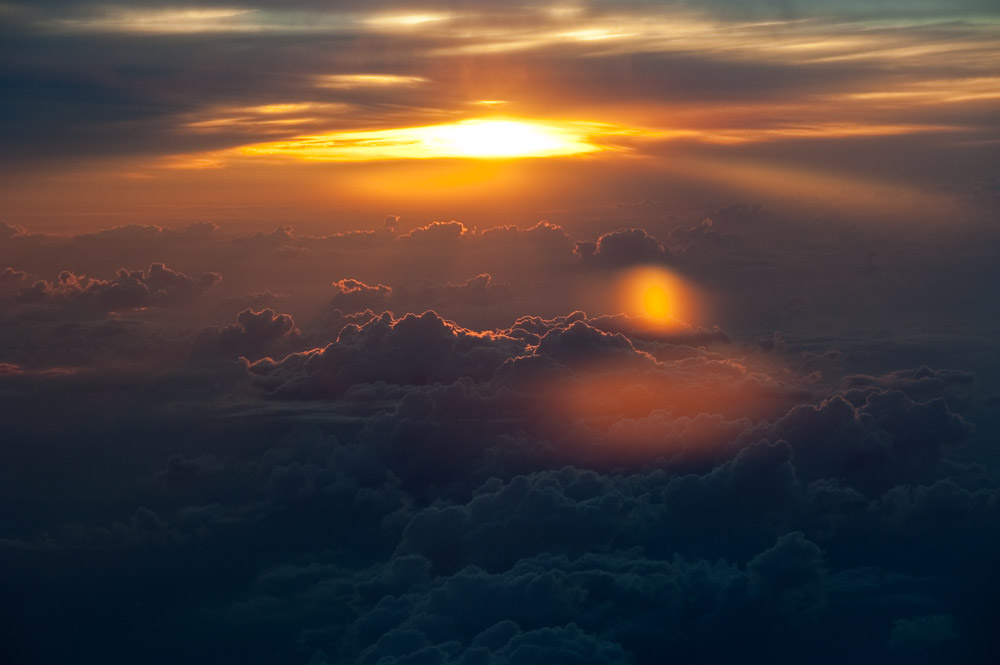Shoot it now. If you see it and like it, shoot it. It may not be the same later. This moment is the most control you have.
Conditions change
The world about us is in constant motion and change. The light, the weather, what people are doing, how things are arranged, even our attitude. Things are different all the time. We must give ourselves permission to take advantage of what we find when it is there and right.
It is too easy to say: “that’s nice. I will plan to come back and shoot that scene when I have time.” But we’re not in control of events. When it is convenient for us, everything else may be wrong. My experience is, it likely will be so different that we will lose interest in it.
Or have you found conditions to change quickly, but you were able to take advantage of it? Maybe you were at a location you like, trying to make a good landscape. Except conditions were not helpful. Perhaps it was cloudy and rainy, and the mood was not what you hoped for. But you stayed there seeing what you could do, and, for a moment, the clouds broke. A golden sunbeam poured through and spotlighted the subject you wanted. It was magic.
The whole look and feel of the scene changed in a blink. And then it was gone in seconds. You had to shoot it right then, in those few seconds when conditions were optimum.
When we find a subject we like in conditions we like, we better shoot it right then. It may never be the same.
 ©Ed Schlotzhauer
©Ed Schlotzhauer
Nothing is permanent
When something has been there for a long time, it is easy to take the attitude that it will be there forever, so we can shoot it at our leisure or when conditions are spectacular.
Maybe. But maybe not. We do not control circumstances and other people’s decisions.
This image at the top of this article of the car on a roof is an example. I shot it at various angles and conditions for years. It was always there as an exercise to work on. Until one day it was gone. I didn’t pass by the location for a couple of days and next time, the car was no longer there. I can never shoot it again. All the future shots I had envisioned for finding certain weather or light are useless now. I have to be content with the ones I have, that I took the time and effort to shoot when I had the chance.
In the same way, that interesting railroad track fragment in the next picture was evocative to me and a metaphor for several ideas. But it does not exist anymore. It was removed
Another example, at the other extreme, last week we had a heavy rain – rare here. I walked a new trail the next day and there were a couple of places where dirt had washed across the path, making interesting patterns. That is something that interests me, so I shot a couple of frames and went on, intending to come back and work it some more after I thought about it. I only walked down, maybe, a half mile and came back, and a city worker was sweeping the path. Gone.
Shoot it now.
 ©Ed Schlotzhauer
©Ed Schlotzhauer
Now is the moment
A good picture is a dance of many conditions. If everything comes together ideally, we have a much better opportunity to get an image we want.
Likewise, when we have a mindful attitude and are open to seeing things, we often encounter things we did not deliberately go looking for. And when the conditions and our observation come together at the right time and place, we discover magic.
But those magical moments are transitory. Light changes, people move, trees are cut down, even building are torn down. Floods change things. Forest fires alter the landscape. Have you ever gone back to a spot you really liked after a couple of years and found it a condo development now?
 ©Ed Schlotzhauer
©Ed Schlotzhauer
Gone forever
It’s like in a conversation where you had something important to say, but as you were waiting for the right opportunity, the direction changes and it would no longer be relevant. The opportunity was there, but you didn’t take it and now it is gone forever.
One of my heroes, Jay Maisel, said “Always shoot it now. It won’t be the same when you go back.” I have found this to be true too often.
 ©Ed Schlotzhauer
©Ed Schlotzhauer
To be honest, I am a mindful explorer. I follow some of Jay’s other advice to “go out empty”. That is, I usually do not have specific shots in mind. Instead, I am mindful of interesting things I encounter as I wander. This may not be your style. I understand. Photography, like all art, is intensely personal.
But for me these days, I try to shoot it now. If possible and it’s not too disruptive, I stop to shoot it when I see something I feel is worthwhile. Apologizing for being late feels better than missing the shot. I have a lot of regrets of shots I didn’t stop to take when I had the chance.
That realization of the possible fleeting nature of our subjects drives me to act outside my comfort zone. My “what if” is engaged all the time.



 ©Ed Schlotzhauer
©Ed Schlotzhauer ©Ed Schlotzhauer
©Ed Schlotzhauer ©Ed Schlotzhauer
©Ed Schlotzhauer ©Ed Schlotzhauer
©Ed Schlotzhauer
 ©Ed Schlotzhauer
©Ed Schlotzhauer ©Ed Schlotzhauer
©Ed Schlotzhauer ©Ed Schlotzhuaer
©Ed Schlotzhuaer ©Ed Schlotzhauer
©Ed Schlotzhauer
 ©Ed Schlotzhauer
©Ed Schlotzhauer ©Ed Schlotzhauer
©Ed Schlotzhauer ©Ed Schlotzhauer
©Ed Schlotzhauer ©Ed Schlotzhauer
©Ed Schlotzhauer
 ©Ed Schlotzhauer
©Ed Schlotzhauer ©Ed Schlotzhauer
©Ed Schlotzhauer ©Ed Schlotzhauer
©Ed Schlotzhauer ©Ed Schlotzhauer
©Ed Schlotzhauer